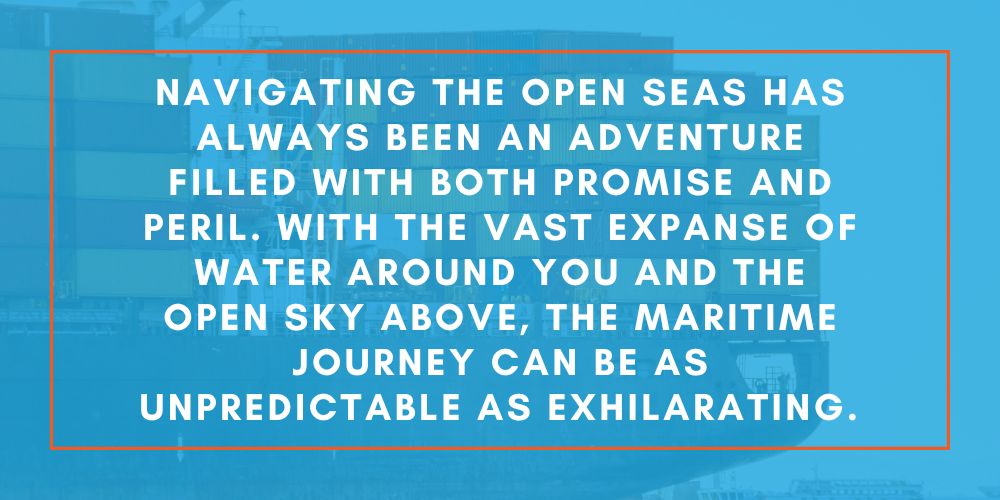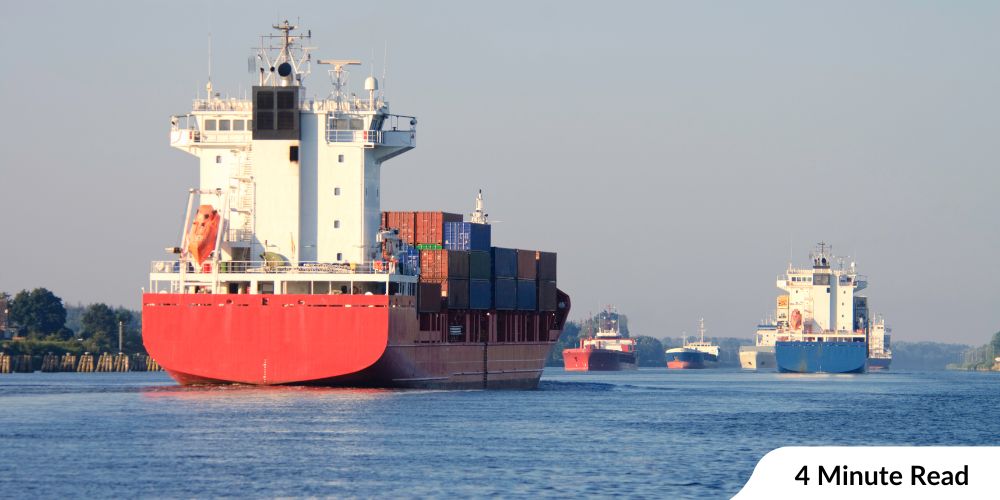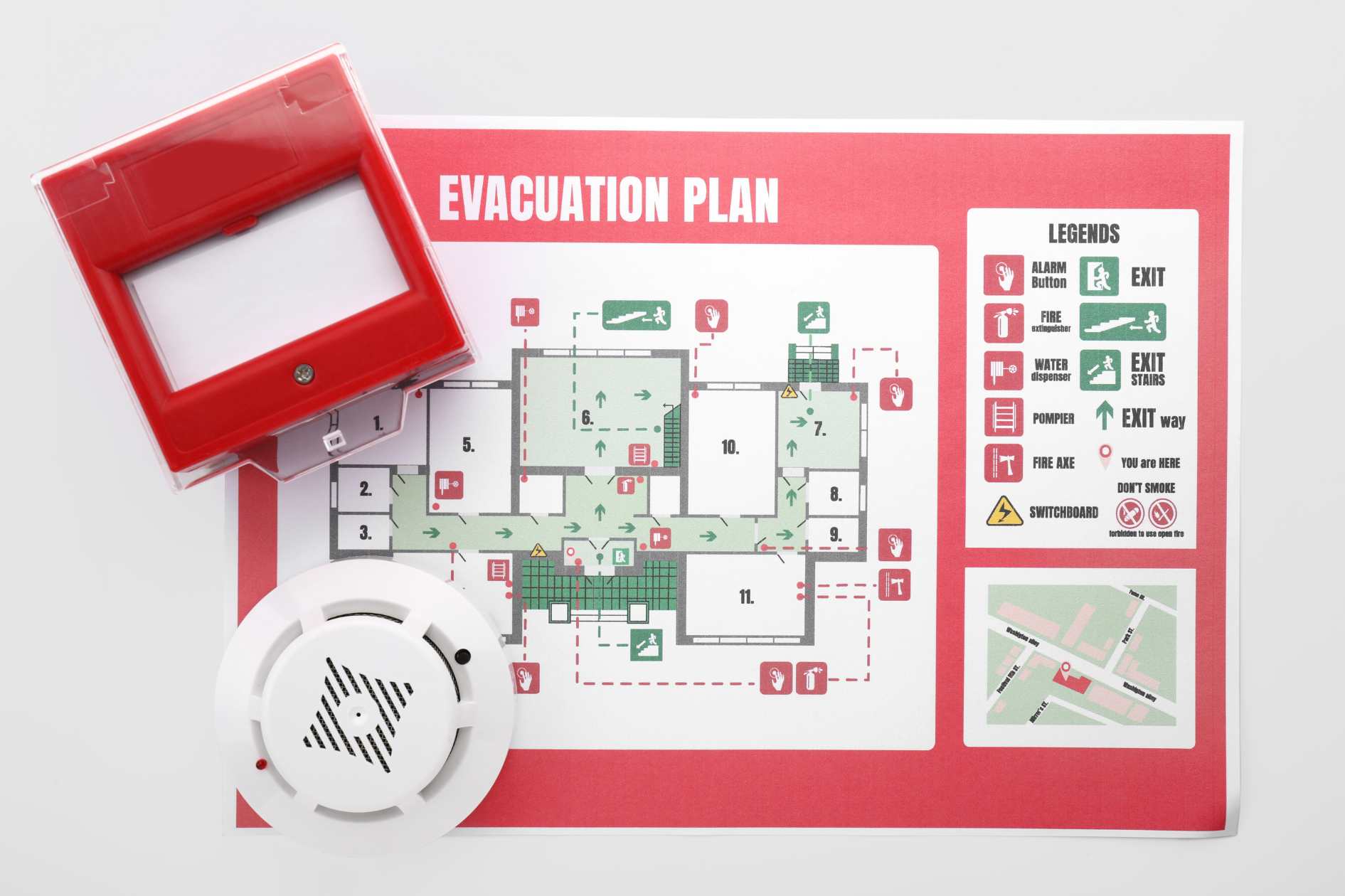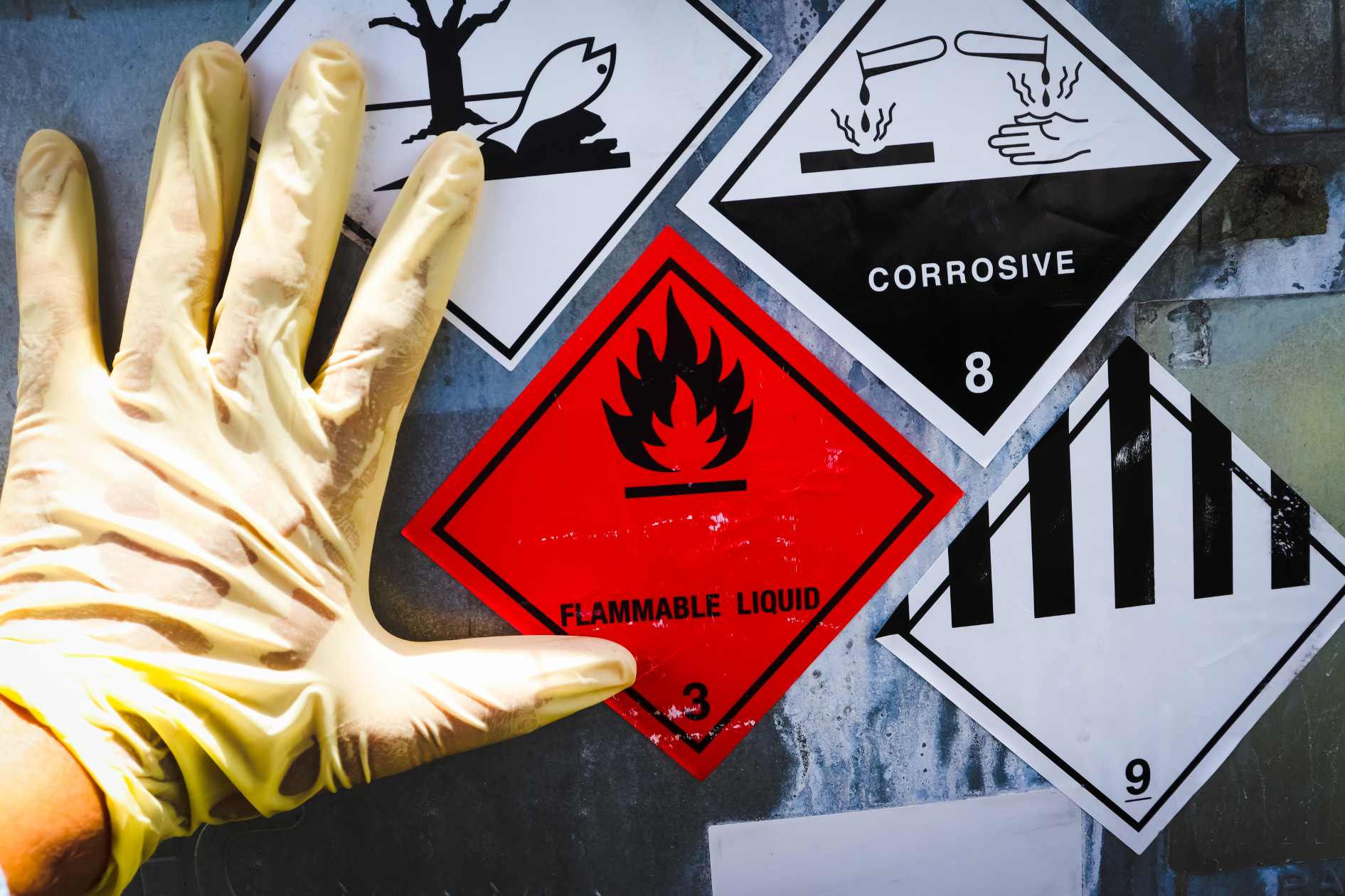Navigating Dangerous Waters: Understanding International Maritime Dangerous Goods Transportation
Navigating the open seas has always been an adventure filled with both promise and peril. With the vast expanse of water around you and the open sky above, the maritime journey can be as unpredictable as exhilarating.
Imagine undertaking such a journey with a cargo full of dangerous goods. The stakes are suddenly higher, and the margin for error is perilously slim.
In this oceanic game, the International Maritime Dangerous Goods (IMDG) Code is your rulebook, and understanding it is your key to victory.
This is where our exploration begins.
What are Dangerous Goods and Why Are They Important?
Dangerous goods, also known as hazardous materials, are substances that pose a risk to health, safety, property, or the environment during transportation.
The transportation of these goods is heavily regulated because, as we all know, with great power comes great responsibility. A little spark can ignite a forest, and a small leak can sink a great ship.
Furthermore, transporting dangerous goods safely is not just a matter of corporate compliance but a crucial cog in global safety and sustainability.
Buy Now – Hazardous Materials / Dangerous Goods Transportation
The IMDG Code – Your Navigator in Rough Waters
The IMDG Code is an international guideline for the safe transportation of dangerous goods by sea.
Developed by the International Maritime Organization, it resembles a compass guiding mariners through hazardous waters. With its amendment 40-20, it shines its lighthouse beam even brighter, illuminating the path to compliance for all players in the maritime transportation industry.
Buy Now – Handler And Driver Hazardous Materials By Ground (Course)

Unraveling the Complexities of 49 CFR §172.704 and the IMDG Code Chapter 1.3
These regulations may seem like mysterious maritime charts, but fear not, for every map has a key. The 49 CFR §172.704 is a US-specific regulation specifying training requirements for the safe transport of dangerous goods.
On the other hand, the IMDG Code Chapter 1.3 is a universal guide, offering safety training standards for every corner of the globe.
Buy Now – Mexican Regulation For Ground Transport Of Hazardous Materials And Waste
Plotting the Course with Currie Associates
Crafted by the Currie Associates, the International Maritime Dangerous Goods (IMDG Code) Transportation Compliance – Amendment 40-20 course is your map to understanding these regulations.
This course doesn’t just teach you to read the IMDG Code; it teaches you to navigate it.
Buy the course here: International Maritime Dangerous Goods (IMDG Code) Transportation Compliance – Amendment 40-20
Setting Sail with Coggno
If Currie Associates provides the map, Coggno is the steadfast vessel that carries you through your learning journey. As a trusted marketplace for enterprise training, Coggno offers affordable courses, updated, clear, and curated by industry experts.
Whether a seasoned mariner or a novice deckhand, you can access this training on multiple devices and browsers, consuming the knowledge in easy-to-digest formats.
The Voyage Ahead: Course Features and Objectives
The course equips shippers, carriers, and freight forwarders, who are the very lifeblood of maritime trade, with skills to handle, ship, or transport dangerous goods by vessel. The guiding stars of this course are its learning objectives.
They include:
- Navigating the IMDG Code;
- Understanding transport operations requirements;
- Determining classification/identification;
- Non-bulk packaging, marking, labeling, placarding, and documentation requirements
Shoring Up Your Knowledge: Prerequisites and Recommended Resources
Just as every great voyage begins with careful preparation, your learning journey with this course starts with a prerequisite: Hazardous Materials/Dangerous Goods Transportation General Awareness & Security Awareness Training.
As for your navigational aids, the IMDG Code Book Set and the IMDG Code Corrigenda May 2022 are indispensable.
But Coggno knows that every sailor needs a little extra help sometimes, so they provide additional free resources like the DOT Chart 17 and the Emergency Response Guidebook 2020.
Docking at the Port of Success
When you complete this course, you will not only possess the required elements of general awareness and function-specific training, but you will also have validated your understanding through a final assessment.
Your reward will be a training certificate, a testament to your navigation skills in the treacherous waters of dangerous goods transportation.
The Journey Continues
We’ve weathered storms, navigated rough waters, and emerged more knowledgeable. But as any seasoned sailor knows, the sea always has more lessons to teach.
With Coggno, you can continue your journey, diving deeper into the ocean of knowledge. There are few feats as rewarding as mastering the art of safe maritime dangerous goods transportation. It’s not just about compliance; it’s about being a guardian of the seas, protecting not just your cargo but the world at large.
So, hoist the anchor, set your sails, and embark on this educational voyage with Coggno and the IMDG Code course. Because in the world of maritime transportation, knowledge isn’t just power – it’s survival.
Visit the Coggno website to learn more about our services and the wealth of courses we offer.









